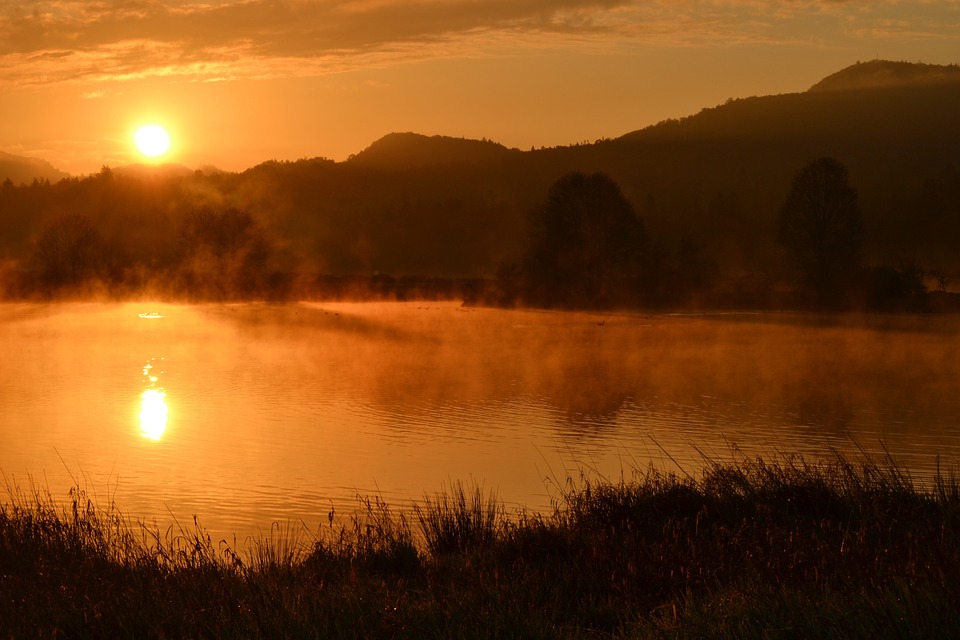The Importance of Arctic Conservation Efforts
Arctic conservation efforts play a critical role in protecting the delicate ecosystems and diverse wildlife that call the polar regions home. Among the iconic species that have come to symbolize the Arctic is the polar bear. These majestic creatures are well-adapted to the harsh conditions of their environment and serve as top predators in the Arctic food chain.
One of the key locations where polar bear conservation efforts are focused is Pond Inlet, a small community located in the northern part of Baffin Island, in the Canadian territory of Nunavut. Pond Inlet is home to a significant population of polar bears, which are central to the cultural and ecological identity of the Inuit people who have lived in the region for generations.
The Threats Facing Pond Inlet’s Polar Bear Population
Despite being one of the most resilient species in the face of harsh Arctic conditions, polar bears are facing increasing threats to their survival. Climate change is perhaps the most pressing issue, as melting sea ice has significantly reduced the bears’ hunting grounds and food sources. As a result, polar bears are forced to travel longer distances in search of food, putting them at risk of exhaustion and starvation.
Another threat to Pond Inlet’s polar bear population is human activity. Increased development in the Arctic, such as industrial projects and tourism, can lead to habitat destruction and disturbance, which can disrupt the bears’ natural behaviors and breeding patterns. Additionally, there is a risk of conflicts between humans and polar bears, particularly in communities like Pond Inlet where encounters are more frequent.
Conservation Efforts in Pond Inlet
In response to these threats, conservation organizations and local authorities in Pond Inlet have been working together to implement initiatives aimed at protecting the polar bear population and their habitat. One of the key strategies is monitoring and research, which allows scientists to track the movements and behaviors of polar bears in the region. This data is crucial for understanding the impact of climate change and human activities on the bears, and for developing effective conservation measures.
Another important conservation effort in Pond Inlet is community engagement and education. Local residents, particularly the Inuit people, play a vital role in conserving the polar bear population, as they have a deep cultural and spiritual connection to the bears. By involving the community in conservation initiatives and raising awareness about the importance of protecting polar bears, efforts can be more effective and sustainable in the long term.
The Role of Traditional Knowledge in Arctic Conservation
One of the unique aspects of conservation efforts in Pond Inlet is the integration of traditional knowledge and practices of the Inuit people. The Inuit have lived in harmony with the natural environment of the Arctic for centuries and have a wealth of knowledge about the behavior of polar bears and their habitat. This traditional knowledge is invaluable for understanding the complex relationship between polar bears and their environment and can provide valuable insights for conservation efforts.
By combining modern scientific research with traditional knowledge, conservationists in Pond Inlet can develop more holistic and effective strategies for protecting the polar bear population. This collaboration also helps to foster a deeper appreciation and respect for the cultural heritage of the Inuit people and their connection to the land and wildlife of the Arctic.
Conclusion
In conclusion, Pond Inlet’s polar bear population is facing significant threats due to climate change and human activities. Conservation efforts in the region are crucial for protecting these iconic creatures and preserving the delicate balance of the Arctic ecosystem. By engaging with local communities, integrating traditional knowledge, and conducting research, conservation organizations and authorities in Pond Inlet are working towards ensuring a sustainable future for the polar bear population. With continued dedication and cooperation, we can help safeguard these magnificent animals for generations to come.
